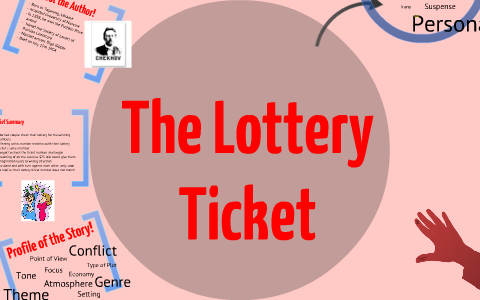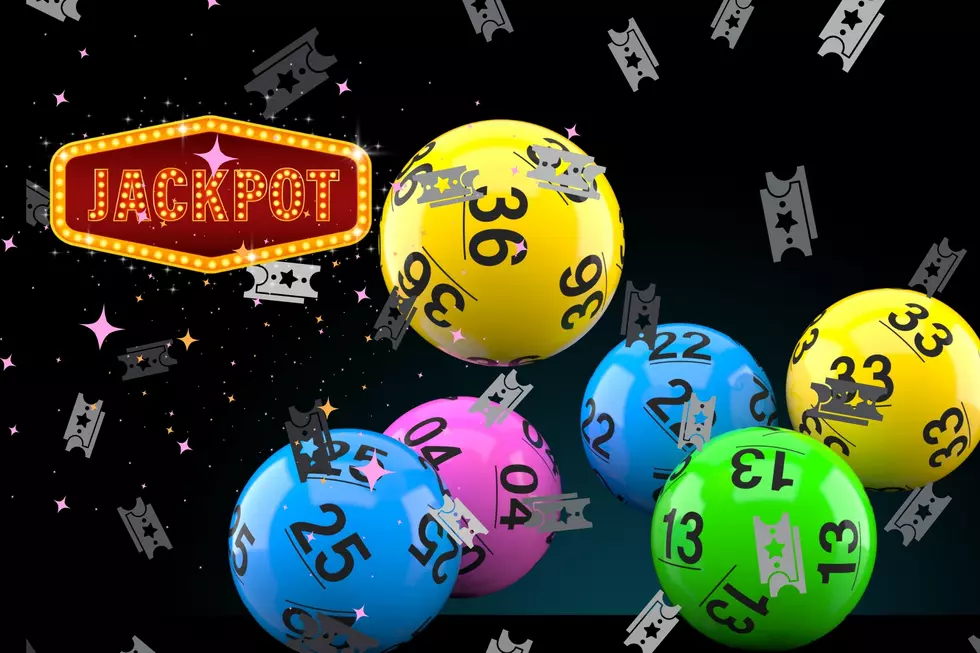Lottery Tickets: A Comprehensive Analysis of Their Impact
An Analysis of the Lottery Ticket in No1Jili: Design, Functionality, and Socio-Cultural Implications


1. Introduction
Lottery tickets have long been symbols of hope, chance, and potential transformation in the context of gambling. In the digital age, platforms such as no1jili have reinterpreted the lottery ticket, integrating it into online betting ecosystems with modern design and interactive functionality. This paper provides a comprehensive analysis of the lottery ticket as it appears on no1jili, exploring its aesthetic design, user experience, and the underlying cultural narratives that inform its reception.
2. Design and Aesthetic Considerations
2.1 Visual Appeal and Realism
The lottery ticket in no1jili is designed to mimic traditional physical tickets, incorporating realistic graphics, typography, and layout. This design strategy enhances user engagement by evoking a sense of authenticity and familiarity. Key design elements include:
Detailed Visuals: The use of high-resolution images and carefully chosen color palettes replicates the look of state lottery tickets.
Symbolism and Branding: Consistent branding reinforces trust and aligns the lottery ticket with the broader no1jili platform, emphasizing reliability and quality.
2.2 Interactive Elements
No1jili’s lottery ticket incorporates interactive features that allow users to digitally “scratch” the ticket. This interactivity not only replicates the tactile experience of physical scratch cards but also introduces dynamic elements such as animations and instant feedback on results. These features contribute to an immersive user experience that blurs the lines between physical and digital gambling.
3. Functional Analysis
3.1 Mechanism of Chance and Outcome Determination
The lottery ticket in no1jili functions as a game of chance, with outcomes determined by algorithms that simulate randomness. This mechanism is grounded in principles of probability and combinatorics, ensuring that each ticket has a defined likelihood of yielding a win. Functional aspects include:
Random Number Generation: Algorithms ensure that each lottery ticket is unique, maintaining the integrity of the game.
Outcome Transparency: The system provides clear and verifiable results, which are essential for maintaining user trust in digital gambling platforms.
3.2 Integration with Digital Payment Systems
The lottery ticket system is seamlessly integrated with digital payment and reward mechanisms on no1jili. This integration facilitates quick transactions, immediate crediting of winnings, and efficient account management. Key functionalities involve:
Automated Ticket Verification: Digital scanning and real-time verification of lottery results enhance operational efficiency.
Secure Transactions: Robust encryption and compliance with regulatory standards ensure that users' financial information is protected.
4. Socio-Cultural and Psychological Implications
4.1 The Allure of Sudden Wealth
Lottery tickets have a cultural significance rooted in the dream of sudden financial transformation. On no1jili, this allure is amplified by modern design and digital accessibility. The symbolic promise of a life-changing win taps into deeply embedded cultural narratives about luck, success, and opportunity.
4.2 Psychological Impact and Gambling Behavior
The digital lottery ticket experience on no1jili influences user psychology by triggering emotional responses such as excitement, anticipation, and sometimes anxiety. The interactive “scratch” feature, in particular, engages users by providing immediate feedback and heightening the thrill of the game. However, this experience may also contribute to compulsive gambling behaviors, as users become drawn to the cycle of hope and disappointment.
4.3 Cultural Narratives and Identity
In contemporary society, lottery tickets serve as more than just gambling tools; they are symbols of aspiration and the unpredictability of life. The no1jili platform leverages these narratives by offering a product that is both a game and a cultural artifact, reflecting broader societal attitudes towards wealth, chance, and risk.


